
This case illustrates how a clear explanation and empathy for the patient’s concerns may have avoided litigation altogether.

This case illustrates how a clear explanation and empathy for the patient’s concerns may have avoided litigation altogether.

Have payer disparities seemed to grow worse during the pandemic, especially with telehealth? Take the poll now.

The COMPARE-UF Experience provides relevant information for patients and their providers in choosing a surgical treatment for uterine fibroid (UF) symptoms.

A weekend workshop with a group therapy intervention program promoted safe sex and reduced drinking.

Decades of effort including the development of guidance and implementation by individuals, groups, professional organizations, even the United States Congress, to address and facilitate inclusion of pregnant and lactating people in research and trials held no sway in the studies addressing the coronavirus disease 2019 (COVID-2019) pandemic.

Research indicates that women with endometriosis are prone to physical, psychosocial, social, and sexual disturbances and obstetrical complications, according to a literature search of the impact of endometriosis on various aspects of reproductive health in the Journal of Obstetrics and Gynaecology.
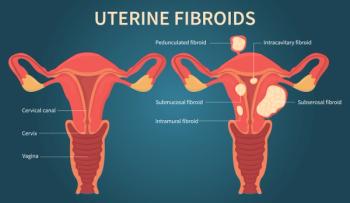
“New studies are showing significantly increased risks of cardiovascular disease, weight gain and mood disorders, even with bilateral ovarian conservation,” Elizabeth A. Stewart, MD, told Contemporary OB/GYN.

When it comes to diagnosing women with uterine fibroids (UFs), no single patient, fibroid or lived experience is the same, according to Sony Sukhbir Singh, MD, a professor of gynecology at the University of Ottawa and The Ottawa Hospital in Ontario, Canada.

What to look for this week on Contemporary OB/GYN®
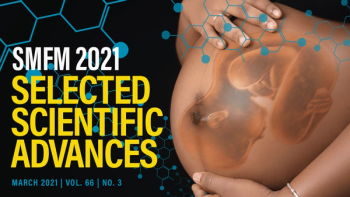
This year’s annual meeting of the Society for Maternal-Fetal Medicine (SMFM) will go down in history as one to remember.
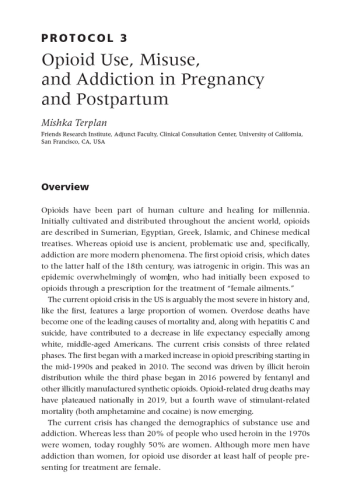
This is the complete chapter on opioids in pregnancy and postpartum from Protocols for High-Risk Pregnancies, 7th Edition, edited by John T. Queenan, MD, Catherine Y. Spong, MD, and Charles J. Lockwood, MD, MHCM.

“Our ability to provide quality women’s health care to all women will depend on our willingness and commitment to change,” said editorial advisory board member Laura Riley, MD.

It was a very busy week for the Contemporary OB/GYN team.
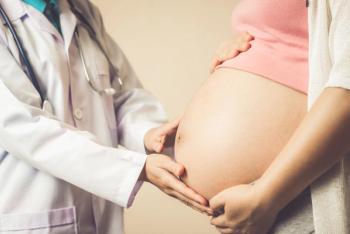
A challenge in the prenatal management of FGR is differentiating the constitutionally small fetus with a normal neonatal outcome from one who is pathologically growth restricted and at risk for postnatal complications.
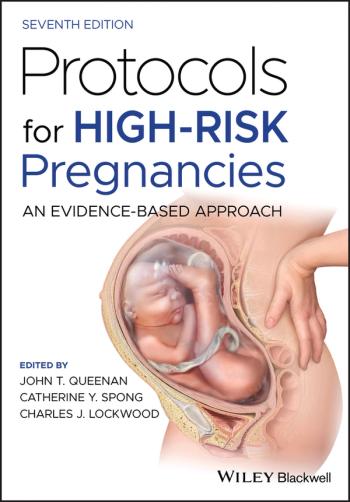
In this protocol, Terplan reviews screening for substance use and diagnosis and management of addiction during pregnancy, labor and delivery, and postpartum. The information is presented against the backdrop of the current opioid crisis. Tables on medication choice and protocols and on risk and protective factors for neonatal abstinence syndrome (NAS) are included.

The scoping review revealed target areas that require additional research, as well as a need for more variety in study designs, populations, and locations.
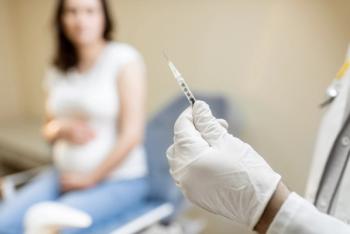
A major missed opportunity. Decades of effort including the development of guidance and implementation by individuals, groups, professional organizations, even the United States Congress, to address and facilitate inclusion of pregnant and lactating people in research and trials held no sway in the studies addressing the coronavirus disease 2019 (COVID-2019) pandemic.

A prospective study in the journal Ultrasound in Obstetrics & Gynecology has found that women treated with pelvic floor physiotherapy showed a significant improvement in pelvic floor relaxation, superficial dyspareunia and chronic pelvic pain, in comparison to women who did not receive treatment.

Obstetric providers can play a central role in identifying patients with opioid use disorder and linking them to life-saving treatment.
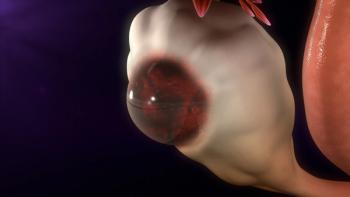
A study in the Journal of Obstetrics and Gynaecology found that dienogest was effective in decreasing the size of endometrioma and reducing endometriosis-associated pain, along with a favorable safety and tolerability profile.

This month’s issue brings with it hope for a spring season that will see an easing of COVID-19 cases and deaths, despite new virus mutations.

The first of Contemporary OB/GYN's Meet the Board series features Editor in Chief, Catherine Y. Spong, MD in this episode of Pap Talk by Contemporary OB/GYN®.

A small percentage of women whose noninvasive prenatal testing (NIPT) results were negative regretted taking the test and blamed themselves, according to a 1-year postpartum questionnaire survey.

A public health screening program for Down syndrome in Quebec, Canada, found that cell-free DNA noninvasive prenatal testing (NIPT) could be implemented at the same cost as the current screening program, according to computer simulations.
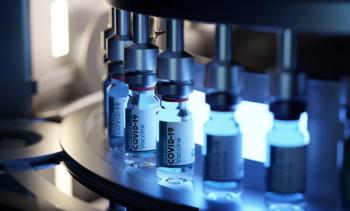
The Centers for Disease Control and Prevention (CDC) has issued interim guidance for masking, social distancing, hand hygiene, and other infection control measures for people who are fully vaccinated for coronavirus 2019 disease (COVID-19).

A better understanding of the pathophysiology of uterine fibroids (UFs) will enable healthcare providers to deliver high-quality informed care to their patients, according to Ayman Al-Hendy, MD, PhD, a professor of ob/gyn at Pritzker School of Medicine, University of Chicago.

Some women are unable to choose noninvasive prenatal testing (NIPT), due to lack of insurance coverage, according to a pilot study in the Journal of Community Genetics.

Here's what to look forward to this week on Contemporary OB/GYN.

It was a busy week for the Contemporary OBGYN team.

Mike Tankersley, MD, MBA, discusses workflow tips that can help practices in their use of telehealth visits.